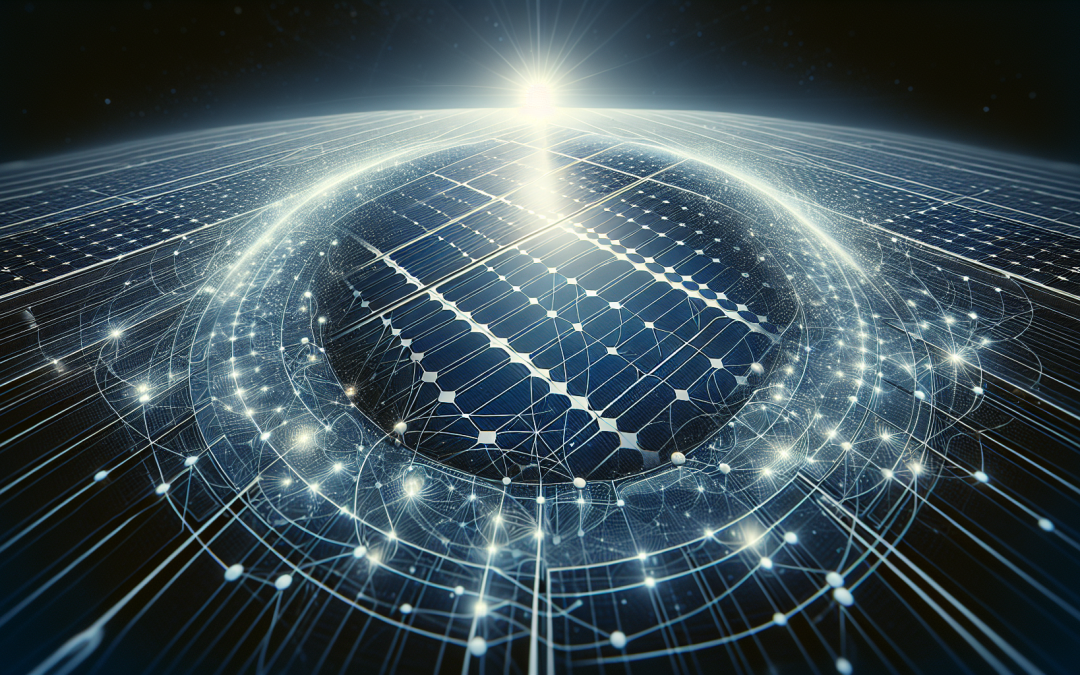Are you interested in harnessing the power of the sun to meet your energy needs? Look no further than Wild Sun Solar, your go-to source for all things solar panel output. At Wild Sun Solar, we prioritize your satisfaction and aim to provide you with top-notch solutions that meet your specific requirements. With our team treating you like family, you can expect exceptional service and support from start to finish. So why wait? Contact Wild Sun Solar today and take the first step towards enjoying the benefits of solar energy.
Solar Panel Output
Solar panel output refers to the amount of electricity generated by a solar panel system. It is an important factor to consider when evaluating the efficiency and effectiveness of solar panels. Several factors can affect the output of solar panels, and understanding these factors is crucial in maximizing their performance.
Factors Affecting Solar Panel Output
- Location
The location of the solar panel system plays a significant role in determining its output. Areas with high levels of solar radiation, such as regions closer to the equator, tend to have higher solar panel output. In contrast, regions with frequent cloud cover or limited sunlight may experience lower output. It is essential to consider the average annual solar radiation in a specific location to determine the potential output of solar panels.
- Orientation and Tilt
The orientation and tilt of solar panels affect their exposure to sunlight. Ideally, solar panels should be installed facing south in the Northern Hemisphere and north in the Southern Hemisphere to maximize sun exposure throughout the day. Additionally, the tilt angle of the panels should be adjusted to match the latitude of the installation location. Proper orientation and tilt help ensure that the solar panels receive optimal sunlight and generate maximum output.
- Shading
Shading is another crucial factor that can impact solar panel output. Even partial shading on a solar panel can significantly reduce its efficiency. It is essential to assess the surroundings of the installation site and identify potential shading sources, such as trees, neighboring buildings, or any other obstructions. By minimizing shading, the solar panels can receive uninterrupted sunlight and produce higher output.
- Temperature
Temperature can also affect the output of solar panels. While solar panels work best in cooler temperatures, excessive heat can reduce their efficiency. As the temperature rises, the performance of solar panels may gradually decrease, resulting in lower output. It is crucial to consider the average temperature in the installation area and select solar panels that demonstrate good performance in hot climates.
- Panel Efficiency
The efficiency of solar panels directly impacts their output. Higher efficiency panels can convert a greater percentage of sunlight into electricity, resulting in increased output. When choosing solar panels, it is important to consider their efficiency ratings. Investing in high-efficiency panels may initially incur a higher cost but can lead to greater energy production and savings over the long term.
Measuring Solar Panel Output
To measure the output of a solar panel system accurately, several metrics are commonly used.
- Power Rating
The power rating of a solar panel indicates the maximum power output it can achieve under specific standard test conditions. It is measured in watts (W) and represents the panel’s capability to convert sunlight into electricity. Higher power ratings indicate that the panel can generate more electricity, leading to increased output.
- Energy Yield
Energy yield refers to the total amount of electricity generated by a solar panel system over a given period. It is measured in kilowatt-hours (kWh) and provides an understanding of the actual energy produced by the panels in real-world conditions. Energy yield takes into account factors such as location, shading, and panel efficiency, providing a more accurate measurement of solar panel output.
- Performance Ratio
The performance ratio (PR) is a metric used to assess the overall efficiency of a solar panel system. It is calculated by dividing the actual energy yield by the theoretical energy yield. A higher performance ratio indicates that the system is functioning optimally and maximizing its output. Monitoring the performance ratio can help identify any potential issues or inefficiencies in the system.
Solar Panel Output Losses
Despite efforts to optimize solar panel output, various factors can lead to output losses over time.
- Soiling
Soiling refers to the accumulation of dirt, dust, or debris on the surface of solar panels. This buildup reduces the amount of sunlight reaching the panels and can significantly impact their output. Regular cleaning and maintenance can help minimize soiling and ensure maximum energy production.
- Aging and Degradation
Over time, solar panels may experience aging and degradation, which can affect their performance and output. Exposure to environmental factors such as sunlight, temperature fluctuations, and humidity can gradually decrease a panel’s efficiency. Investing in high-quality panels and conducting regular inspections can help identify any signs of aging or degradation and ensure proper maintenance.
- Wiring and Connection Losses
The wiring and connections within a solar panel system can contribute to output losses. Poorly installed or damaged wiring can increase resistance and result in energy losses. It is crucial to ensure proper installation and regular maintenance of the wiring and connections to minimize any potential losses.
- Inverter Losses
Inverters are an essential component of a solar panel system as they convert the direct current (DC) generated by the panels into usable alternating current (AC) electricity. However, inverters can introduce losses during this conversion process. High-quality inverters should be chosen to minimize these losses and maximize the system’s overall output.
- System Availability
System availability refers to the operational uptime of a solar panel system. Factors such as equipment failures, maintenance downtime, or grid outages can impact the availability of the system and subsequently reduce its output. Regular system monitoring, maintenance, and prompt repairs can help ensure maximum availability and minimize any potential output losses.
Maximizing Solar Panel Output
To maximize solar panel output, several strategies can be employed.
- Proper Installation and Maintenance
Proper installation of solar panels and regular maintenance are crucial for optimal output. Professionals should be consulted during the installation process to ensure accurate orientation, tilt, and wiring connections. Regular inspections, cleaning, and maintenance routines should also be implemented to identify and address any issues promptly.
- Regular Cleaning
Regular cleaning of solar panels is essential to remove any dirt, dust, or debris that may accumulate on their surfaces. Clean panels can absorb more sunlight and generate higher output. Depending on the location and environmental conditions, cleaning frequencies may vary. However, it is recommended to perform regular panel cleaning to maintain optimal performance.
- Efficient Energy Consumption
Efficient energy consumption practices can also contribute to maximizing solar panel output. By using energy-efficient appliances and adopting energy-saving habits, the electricity produced by solar panels can be utilized more effectively. Reducing overall energy consumption can allow surplus energy to be fed back into the grid or stored for later use.
- Batteries and Energy Storage Systems
Incorporating batteries or energy storage systems into a solar panel system allows excess energy to be stored for later use. During periods of low solar radiation or high energy demand, these stored energy reserves can be utilized, maximizing the overall output of the system. Energy storage systems provide greater flexibility and reduce dependence on the grid.
Conclusion
Solar panel output is influenced by various factors, including location, orientation, shading, temperature, and panel efficiency. Understanding and considering these factors are crucial for optimizing the performance of solar panels and maximizing their output. Regular maintenance, proper installation, efficient energy consumption, and the use of energy storage systems can further enhance the overall output of solar panel systems. By taking these measures, individuals and businesses can harness the full potential of solar energy and contribute to a more sustainable future.




